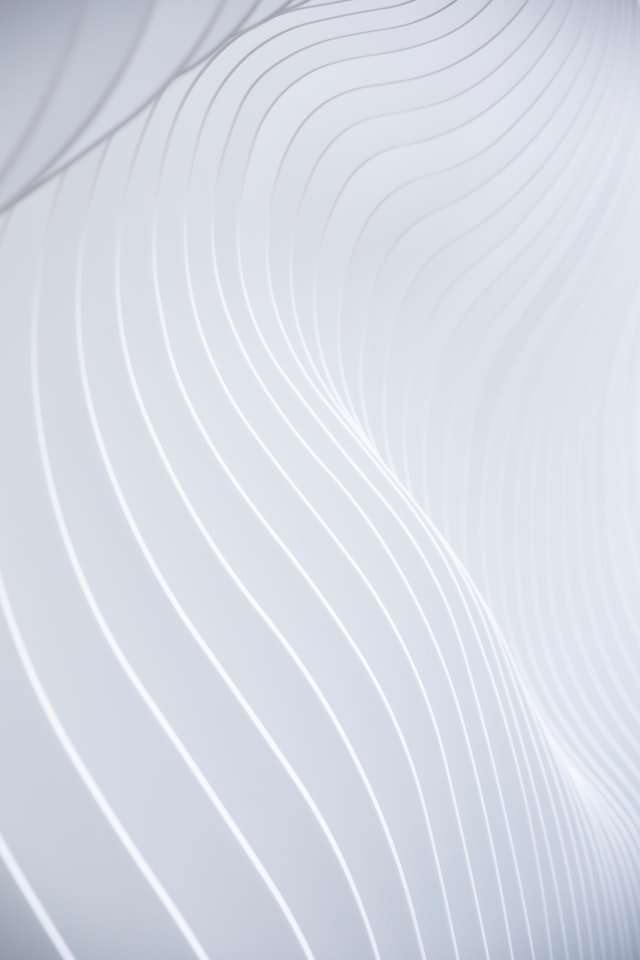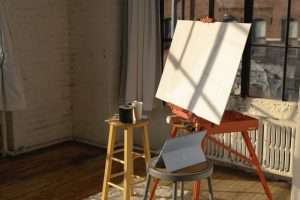We all want to buy art to adorn our walls, but not everyone has a huge budget. It is easy to be fooled into buying a fake painting, and if you have bought something and discovered it is a forgery, you are unlikely to get your money back.
This article will help you avoid buying fakes. It will give you a good idea about how to spot fake paintings when looking for art for your walls.
There are three main ways that paintings can be faked:
1) Paintings can be created in the style of an artist but actually by someone else entirely (known as “Pastiche”)
2) Paintings can be created with the use of an artist’s brush or other tools (known as “Fake-aids”)
3) Paintings can be created with the use of modern technology such as computers (known as “Faux-tech”).
Fake paintings are everywhere. If you’re lucky, it won’t be one of your purchases. This guide shows you how to identify fake art and what to look for when buying art.
Fake paintings can be a lot like counterfeit money in that there isn’t one tell-tale sign that will stand out above all the others; instead, it’s a combination of several things that add up to a big red flag. When buying art, take the time to examine it thoroughly and ask questions about it before you buy so you don’t end up with a fake painting on your walls.
There are many ways to identify a fake painting. If you have the artist’s work in front of you, and you can compare it to the piece you are looking at, that is helpful. But even if the artist’s work is not available or there are multiple artists who could have painted the piece in question, there are ways to tell if a painting is a fake.
Tone is one way to tell if something is fake art. The artist’s style should be evident in every stroke. The strokes are heavier on one part of the piece and lighter on another. If a painting has no style, it can be a fake or real—it depends on who did it.
The materials used to make the painting may reveal clues about its authenticity. For example, if an oil painting was created with acrylic paint, it is probably not authentic. Paintings made with oil paints can last for centuries as long as they are well preserved in cold storage and away from sunlight. Acrylic paints do not last as long and were invented in the 1950s*.
If an artist’s work is known for certain to exist but you cannot find it, that may indicate that it was destroyed by natural circumstances or that someone stole it. However, copies of famous artists’ works are often
The current trend for art buyers is to buy paintings that are still in the artist’s style, but have been reproduced. This allows you to get artwork which is still classic and yet relatively inexpensive. But how do you tell if a painting is a reproduction? There are several guidelines to follow, which can help you determine whether or not a painting is authentic.
Start by looking at the texture. For example, look at the texture of the brush strokes, or the shading of the piece. If the texture looks consistent throughout the entire painting, then it is probably an original piece. However, if it looks like it was painted with different types of brushes, or if parts of the paint look worn down and faded, then it may be a reproduction. Also look at the way that light is portrayed in the painting (if there even is any). Is there light coming through a window? Does it look as if there are lights on in some of the rooms? If so, then it may be a reproduction. Finally, compare this painting to others that were supposedly done by this same artist. If they look significantly different from each other and from most other works by the same artist, then it might be a reproduction.
This should give you some idea about how to tell if your
Many people are interested in investing in fine art and antiques, but many fewer know how to actually buy them. If you want to invest wisely in art and antiques, you need to know how to avoid buying a fake.
How can I tell if a painting is a fake? Ask yourself these questions: Is the signature questionable? Are there any cracks or holes? Does it have an over-powering smell? Are there smudges on the back of the canvas? Is it too good to be true?
If you answered yes to any of these questions, there is a good chance that you are dealing with a fake painting. Of course, there are fakes that are so well done that they will fool everyone, but that doesn’t mean that you don’t need to be careful when buying one. You would hate to spend your money on something that looks pretty on the outside but is worthless on the inside. It’s better to be safe than sorry when it comes to buying a new painting.
Fake paintings are everywhere. It might seem like a hard thing to do, but creating a fake painting is simpler than you think. Some people even go so far as to say that anyone can be an artist if they try hard enough.
Trying hard enough is easy. So artists can’t paint? No, that is not what I am saying. Anyone can be an artist if they put their mind to it and practice their technique. However, not everyone has the natural talent required to create a masterpiece. You can learn the techniques of Van Gogh or Monet all you want, but if you don’t have the talent, it won’t matter much.
The same applies for painting fakes. You need some serious skills to mimic famous painters, but anyone with a little patience and some spare time can do it with relative ease.
The first step in creating your own fake painting is to choose an artist whose style you would like to replicate. Everyone has a different idea of what makes a good painting, so you should choose the artist who will inspire you most.*
After you have chosen your artist, find out what kind of paints he or she used and what sort of environment they painted in; this will give you clues about how the painting should look and
Painting is a way to tell a story. A good painting will have some element of narrative in it. When you look at a painting, ask yourself why the artist painted this particular scene and not something else. This can help you understand the artist’s message and show you why the painting was made.



